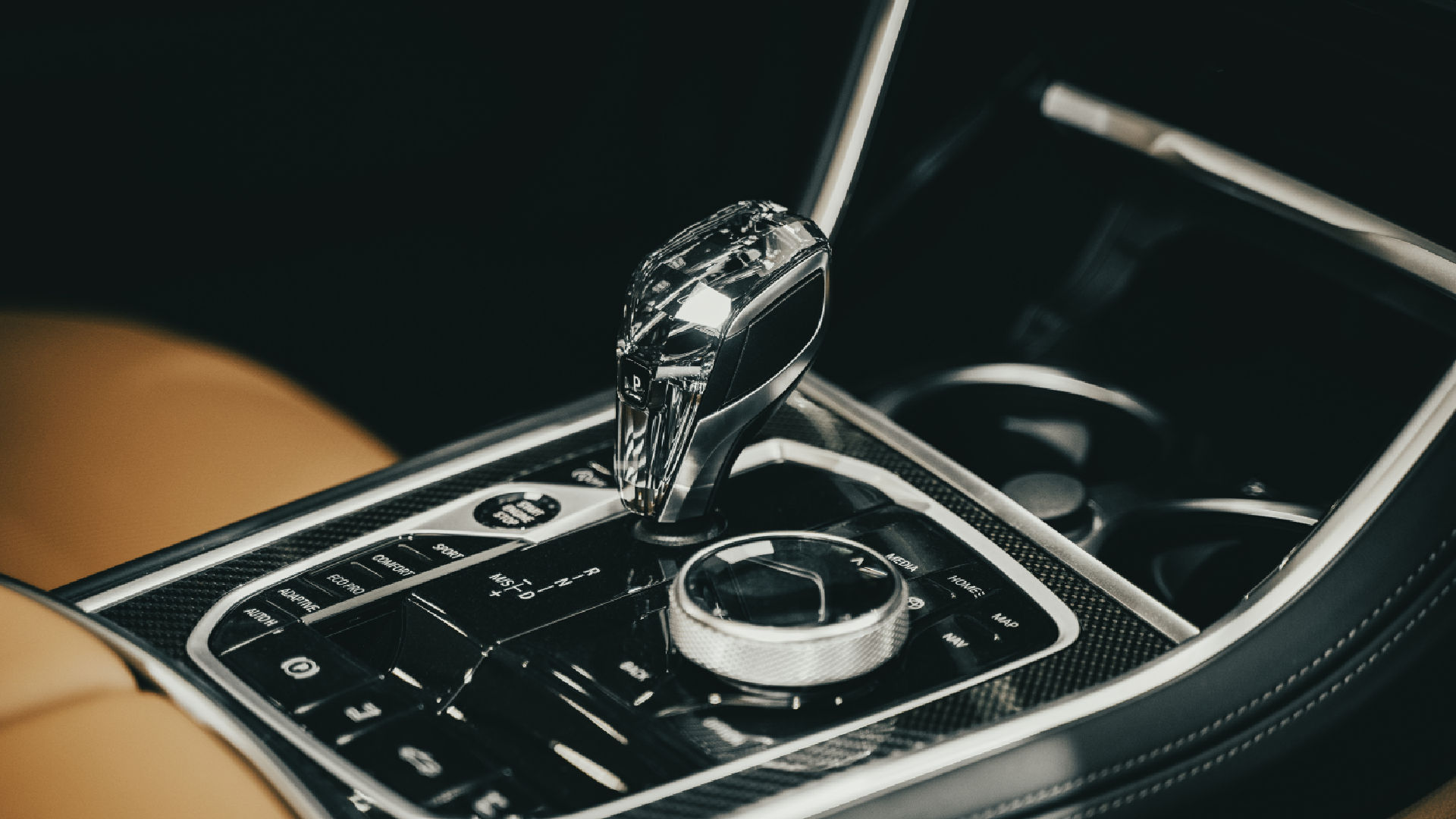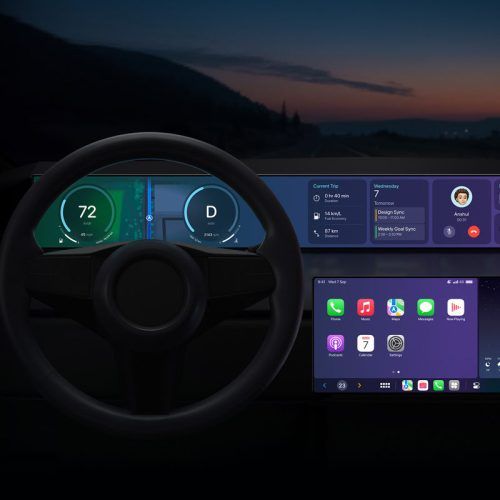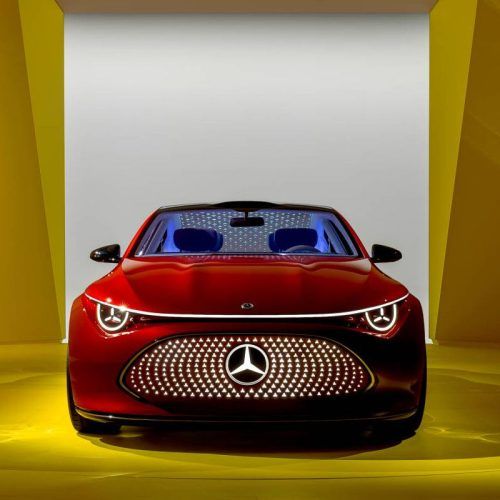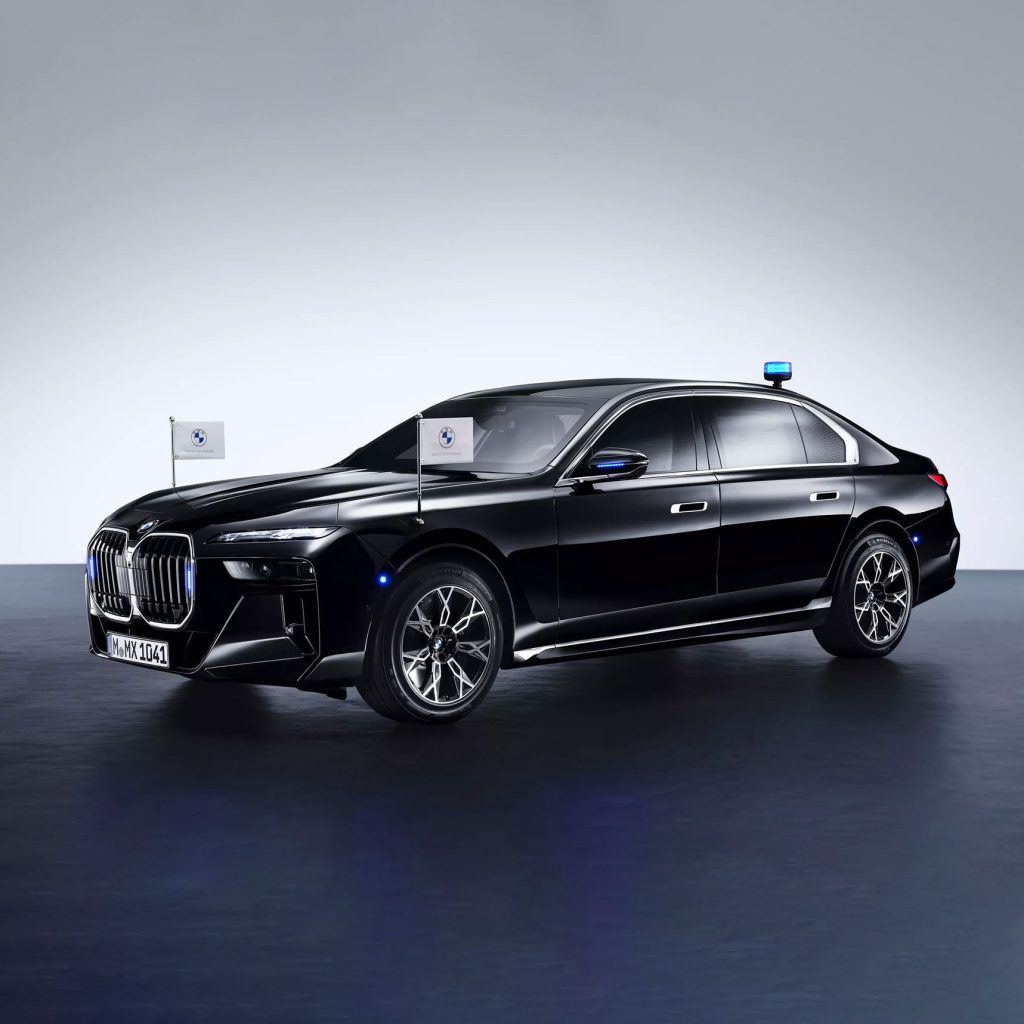Automobiles are perhaps the most fascinating invention that mankind has ever gifted to itself. The simple idea of creating enough kinetic energy to get moving has seen us go through endless implementations before the perfect balance between complex machinery and ease of use was obtained. There’s been an engine, two pairs of wheels and something to transmit the power between them. Of these three areas, it’s the transmission that has seen the most innovation over the years, which brings us to 2023, a time when you have the luxury of choosing from various types of gearboxes.
The transmission system (aka gearbox) in a car can broadly be divided into two categories – manual and automatic. Whether manual is better than automatic or vice-versa is one of those never-ending debates where each side believes they are on the right side of history. If you are buying a car today, the salesman at your nearest dealer may also throw terms like DCT, AMT and CVT IMT at you. It can be confusing to figure out what they mean, even for people who harbour a fair bit of knowledge about cars.
Hence, for all you petrol heads confused about the different transmission systems that exist, we have come to your rescue. While we don’t really want to pick a horse in this particular race, we did want to talk about each of them in detail. Think of this as somewhat of a gearbox guide that will help you decide which version – automatic or manual – is better suited for your needs.
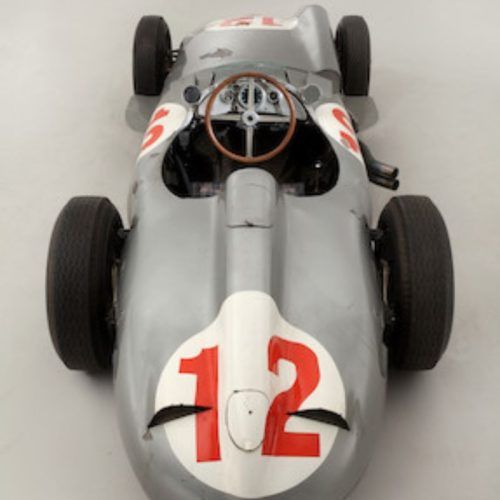

Rev Up Your Engines With The ‘Fast And Furious’ Franchise’s Hottest Cars
The different types of gearboxes to know about
As mentioned above, the transmission system in vehicles can broadly be divided into two classes – manual and automatic. However, before we explain each of them in detail, let’s clarify the basics.
How does a gearbox work?
The role of a gearbox is to transmit the appropriate amount of power from the engine to the wheels. An engine’s power and torque are divided across the entire rev band and need to be assigned correctly at every speed. A gear ratio distributes the power within a certain speed range. You have a clutch that is required to disengage the engine to the wheels and allow a smooth transition of power from one gear to the other.
1. Manual gearbox
The manual gearbox puts the driver in charge of choosing the right power and torque disbursement at various speeds. In a manual transmission system, the driver has to manually change into different gear ratios to deliver the optimal power and torque to the wheels. The clutch has to be engaged manually while shifting from one gear to the other, allowing a smoother transfer of power to the next ratio. Using the clutch is also crucial to prevent the engine from stalling when stopping the car.
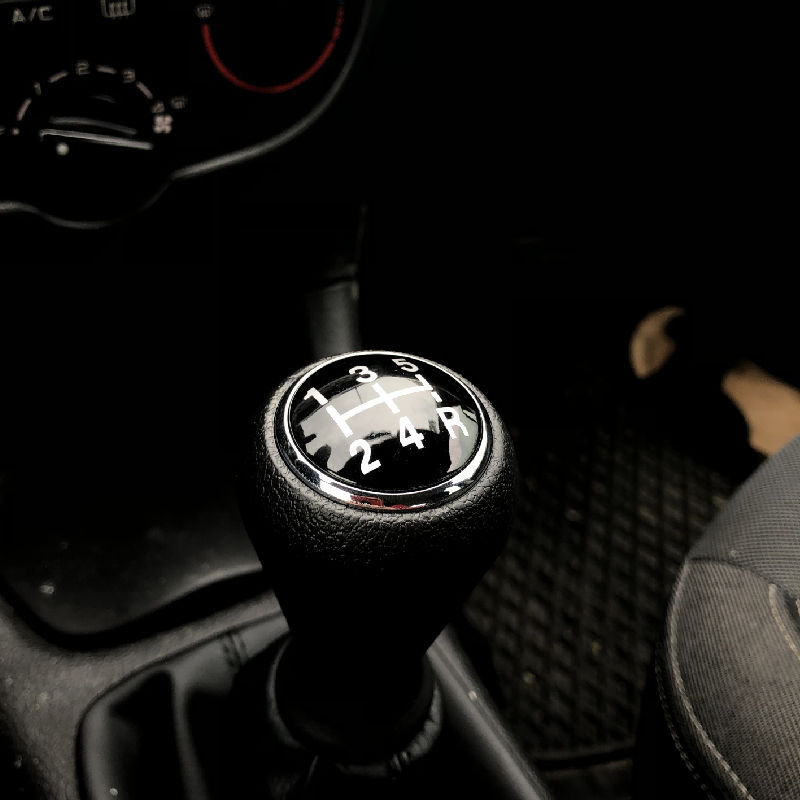
Manual gearboxes are cumbersome to operate but they have big advantages.
These systems are cheaper to produce and easy to maintain. Additionally, gear shifting as an element in driving is considered to enhance the driver’s engagement, keeping the vehicle’s power delivery in their hands.
The manual gearbox has remained largely the same over the years but some car companies have found a way to remove the clutch from the picture. This brings us to…..
IMT
IMT stands for Intelligent Manual Transmission and is mostly used by Hyundai in its compact cars and SUVs. It is basically a manual gearbox without the clutch pedal. There is a set of actuators (and some software) that focus on controlling the clutch automatically when you shift the gear manually. Hence, all you need to do as a driver is pull the gear stick and the car does the shifting for you, without needing a clutch.
2. Automatic Gearbox
While manual gearboxes are fun, not many drivers like using them. In congested urban roads with neverending traffic jams, a manual gearbox can become a lot more cumbersome. As such, automatic gearboxes have become quite popular in the past few years.
In automatic gearboxes, a computer takes care of changing the gears while the driver simply accelerates or brakes. No manual intervention is necessary to alter the speed of the car.
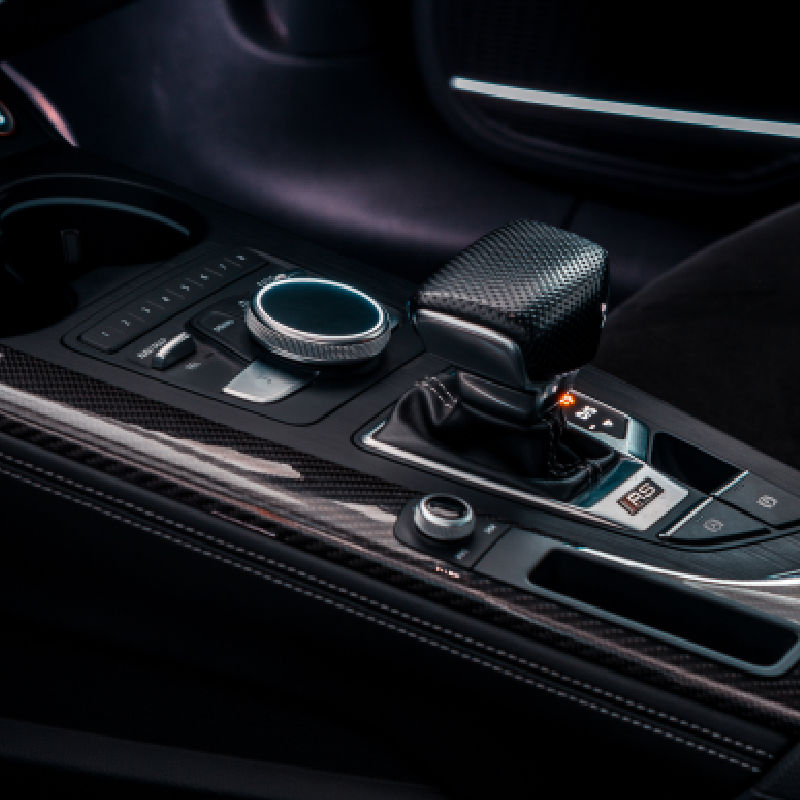
Under this category, there are several technologies that either prioritise the gearbox’s cost, performance or ease of use. Here’s a look at all of them.
AMT
AMT (Automated Manual Transmission) is the simplest form of an automatic gearbox. This is basically a manual transmission system where a computer takes care of the gear shifting and clutch. An ECU is pre-programmed to shift gears at a certain RPM across all speeds, eliminating the need for manual intervention. AMT systems are cheaper to buy and easy to maintain but are also notorious for inconsistent shift performance. AMT systems are popular in affordable cars.
CVT
Continuous Variable Transmission is an incredibly popular type of gearbox in Japanese-origin cars and scooters. It uses an intricate system of cones, pulleys and belts to change gears continuously based on the torque from the engine. Hence, there is a continuous and smooth delivery of power across all speeds without experiencing any gear shifts. The belt and pulleys lead to a rubber-band effect on power delivery, which means responses are a little slow. These gearboxes are reliable, fuel-efficient and smooth but not meant for spirited driving.
Torque Converter

This is the most traditional automatic gearbox that can be found in cars. It uses a component called a torque converter instead of a clutch, relying on a hydraulic medium to transmit power to the driveshaft. This transmission system is known to be reliable and cheaper but it hampers fuel efficiency. Not to mention, these are quite expensive to maintain. Hence, you will find torque converter gearboxes on selected cars only.
DCT
The DCT or Dual-Clutch Transmission is the most performance-oriented automatic gearbox available in the market today. It is based on automated manual transmission but uses two clutch systems instead of one. One of the clutches deals with even-numbered gears and the other one deals with odd-numbered gears. When the car is in the first gear, the computer already prepares the second clutch to deploy the second gear. Once it shifts to the second, the first clutch is readying the third gear.
All of this complex shifting is handled by a computer, which is why DCT gearboxes shift with little to no lag and are best suited for sports cars. The shifts are seamless and they aid in fuel efficiency as well. However, DCTs are notorious for slow performance in traffic. Since the computer is always ready to shift up, a sudden downshift means it could take a while for it to engage with the lower gear. But then again, would you really be driving a sports car in congested traffic? DCTs are also expensive to make and maintain, which drives up their ownership costs.
What about electric vehicles?
Unlike petrol and hybrid cars, electric vehicles rely solely on batteries and motors. An electric motor delivers all the torque available at every speed, which eliminates the need to manage torque build-up across the rev range. Hence, you have the full torque available at your disposal right from a standstill position and it stays the same across every speed. This makes EVs the easiest to drive of all kinds of vehicles.
(Hero and Featured Image Credits: Courtesy Pexels / Boris Ivas)
Frequently Asked Questions (FAQs)
Answer: The manual gearbox is found in most cars owing to its low manufacturing and maintenance cost.
Answer: It depends on the transmission type. Manual gearboxes can use gearbox oil for up to 80,000 kilometres whereas automatic gearboxes need a change every 100,000 kilometres.
Answer: A DSG gearbox offers better performance and fuel efficiency while a CVT gearbox is smoother to run and is more reliable.
Amritanshu Mukherjee


